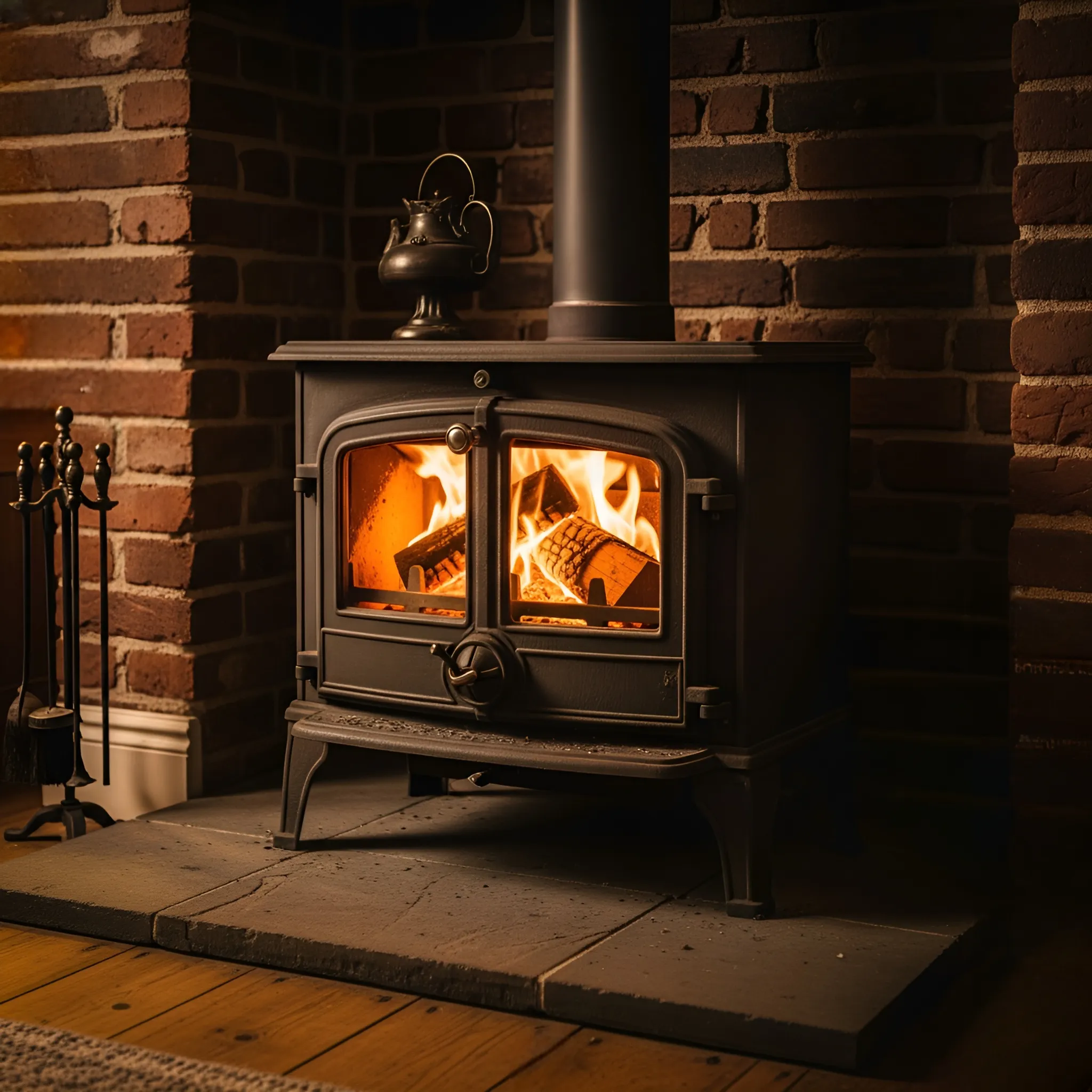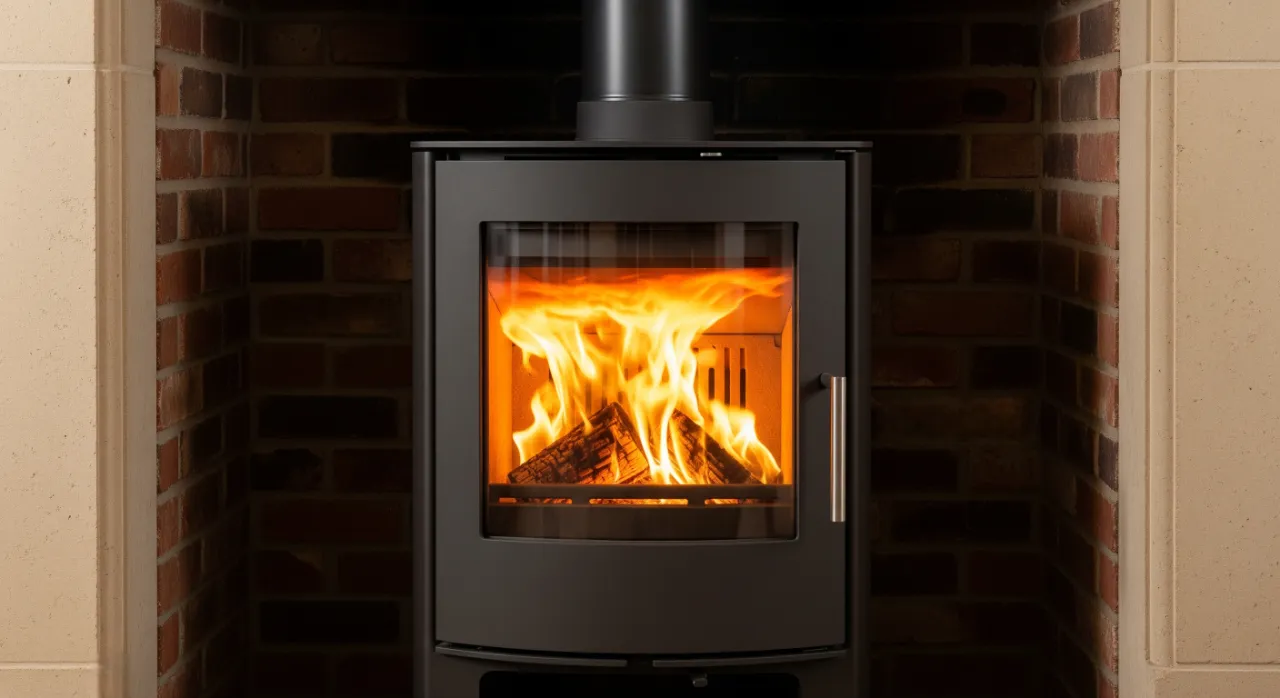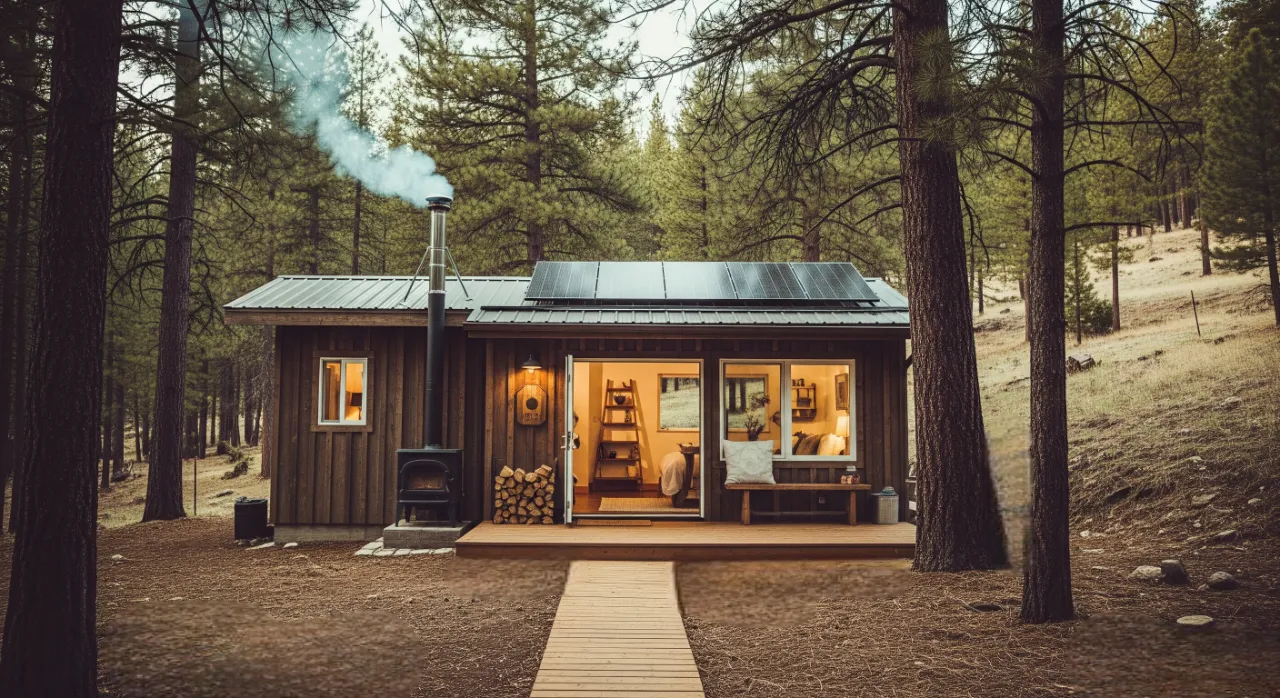If you’re fixin’ to raise the worth of your home, don’t go fussin’ over fancy countertops or machines that talk back like they know your business. Truth is, none of that matters much when the cold comes through the walls and all you’ve got is silence. What you need, truly need, is a wood-burning stove—the kind that crackles when it’s working and glows like a heartbeat. That’s warmth you can count on, not just in dollars, but in soul. Sounds ridiculous? Great. You’re paying attention.
This ain’t about living off the grid or bracing for the end of the world—though, Lord knows, times being what they are, it wouldn’t hurt. No, this is simpler than that. It’s about good sense, the quiet pull of beauty, and that deep-down comfort we feel when something speaks to an old part of ourselves we don’t often hear from anymore.
Let’s break this down.
On Heat, Honesty, and the Price We Pay to Stay Warm
Energy’s never been free, but these days, you’d swear the bills were written by pirates. Come winter, folks open their mailboxes only to learn they’ve been paying for someone else’s comfort—maybe even a yacht docked somewhere far from the snow.
Modern EPA-certified wood stoves can hit efficiency ratings of 70–80%, meaning less heat is lost up the chimney and more stays in your house where it belongs. For comparison, older non-certified stoves hover around 40–50%. Furnaces? Sure, the high-efficiency ones are decent, but they come with circuit boards, sensors, annual maintenance contracts, and the constant threat of your HVAC system going into “mystery error mode” the second the temperature drops below 20°F.
Unlike a furnace with its blinking lights and wires that panic at the first snowflake, a wood stove doesn’t whine, doesn’t wait. It works. Especially if you live where power lines snap like twigs and neighbors are counted in miles, not steps. For many, it ain’t a luxury—it’s a lifeline.
And if you live in a rural or off-grid area? A wood stove isn’t just efficient—it might be your only real option. According to the U.S. Census Bureau, around 2 million American homes still use wood as a primary heat source, and the number’s been trending upward since energy costs started doing their inflation-fueled somersaults in the 2020s.
The wood is changing too. People burn cleaner now using Sawdust RUF Briquettes, Swedish torch logs, leftover timber, waste turned into warmth. It’s honest heat. The kind that reminds you we’ve still got choices in this world, and not all of them come with a monthly bill.
Of Hearths and Heartstrings: What Warmth Really Sells

Folks don’t fall in love with square footage. They fall for the feeling.
Scroll through any real estate listing. What gets highlighted? “Cozy reading nook.” “Rustic charm.” “Inviting fireplace.” You don’t see listings bragging about “adequate ductwork” or “functional thermostat interface.” People want to imagine themselves drinking mulled wine in flannel, not fiddling with Nest settings while their feet freeze.
In fact, realtors have long known: a fireplace adds more than just charm. According to the National Association of Realtors, homes with fireplaces or wood-burning stoves consistently fetch higher resale values and spend less time on the market. We’re talking 6–12% value bumps in some cases. In cities that crave rustic simplicity—Denver, Portland, Asheville—a crackling hearth can mean tens of thousands more on closing day. That’s not just décor. That’s desire.
Truth is, we’re still creatures of instinct. Fire speaks to something old in us, something soft and deeply human. It whispers, “You’re safe here.” And sometimes, that whisper sells a house faster than any square foot ever could.
Emily Oster
Built to Last: Of Iron, Fire, and the Things That Stay

Some things are made to last. Most aren’t. These days, it seems everything’s got a timer on it. Refrigerators hum their last breath before your warranty runs out. Heat pumps blink their way into confusion the moment the wind picks up. But a well-made wood stove? It just keeps on going.
Modern wood stoves are engineering marvels in their own right. No circuit boards to fry. No WiFi to lose. Just heat, airflow, and time-tested materials. With basic maintenance—chimney cleaning, using dry hardwood, avoiding garbage logs from Craigslist—you’re looking at 20–30 years of solid performance.
Compare that to the average gas furnace lifespan of 15 years—furnaces that wheeze after a decade or so, high-tech heat systems that need specialists just to say what’s wrong. A wood stove, on the other hand, doesn’t require a man in a van with a laptop. It just needs a steady hand and a bit of common sense.
And when you do need a repair on a wood stove? It usually involves a wrench, not a technician with a $300 diagnostic tool and an “oops, that’s not under warranty.”
The Numbers Don’t Lie: What the Fire Gives Back

So let’s talk ROI—the stuff that actually matters when your bank account is gasping for breath.
A decent EPA-certified wood stove will run you $2,500–$5,000 installed, depending on brand, chimney work, and your existing setup. That might sound like a lot until you realize this:
- Homes with wood stoves routinely sell for 6–12% more than comparable listings.
- The average U.S. home value is hovering around $400,000, meaning a potential gain of $24,000–$48,000.
- Heating bills can be slashed by $500–$1,500 per year, depending on region and usage.
Do the math. That’s a payback period of maybe 2–3 winters, max. After that, it’s all gravy—and by gravy, I mean firelit wine nights and lower power bills.
But Isn’t Burning Wood “Bad”?

Yes. And no. Like everything else in life, it depends on how you do it, and why.
The old stoves? Dirty, smoky, and awful for urban air quality. But these newer models, built to EPA 2020 standards, are something else entirely. They burn cleaner—less than 2 grams of particulate matter per hour or less, compared to the 30–40 grams from older units. And if you go catalytic, emissions can drop even lower.
Sure, if you live in a dense urban area where winter air hangs heavy and laws frown on smoke, it might not be ideal. But step out to the hills, the valleys, the quiet towns where wood is close and winters are long—and the story changes. Out there, a clean-burning stove can be gentler on the earth than all that piped-in gas or coal-fed electricity.
And if you’re really serious about sustainability? Pair your stove with solar panels, and boom—you’re off-grid, warm, and quietly judging the rest of us from your forest cabin.
So no, burning wood isn’t perfect. But neither is any other kind of heat. And sometimes, the old ways—done right—still make the most sense.
Emily Oster
What We’ve Always Needed

The world keeps inventing new ways to complicate a house. Granite becomes gauche. Smart homes get hacked. Even open floor plans are starting to go out of style. But fire? Fire has been with us from the beginning. It asks for little: wood, air, a spark. And in return, it gives what no gadget ever could. It’s warmth, it’s comfort, it’s insurance against the grid, and it’s one of the few things that can genuinely increase your home’s value while also giving you an excuse to buy an axe.
So maybe don’t tear down the kitchen. Don’t chase the next trend. Just light the fire. And let it remind you what home is really supposed to feel like.




